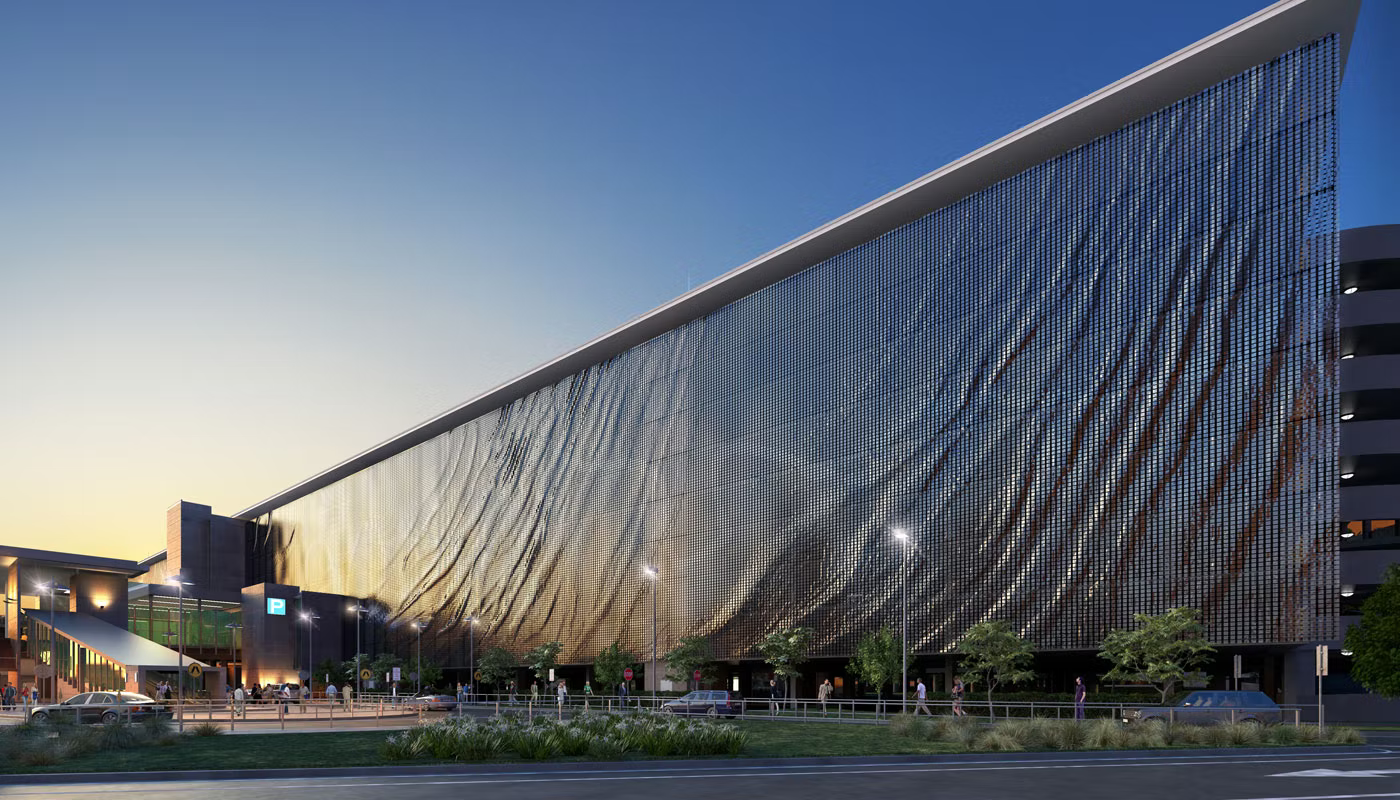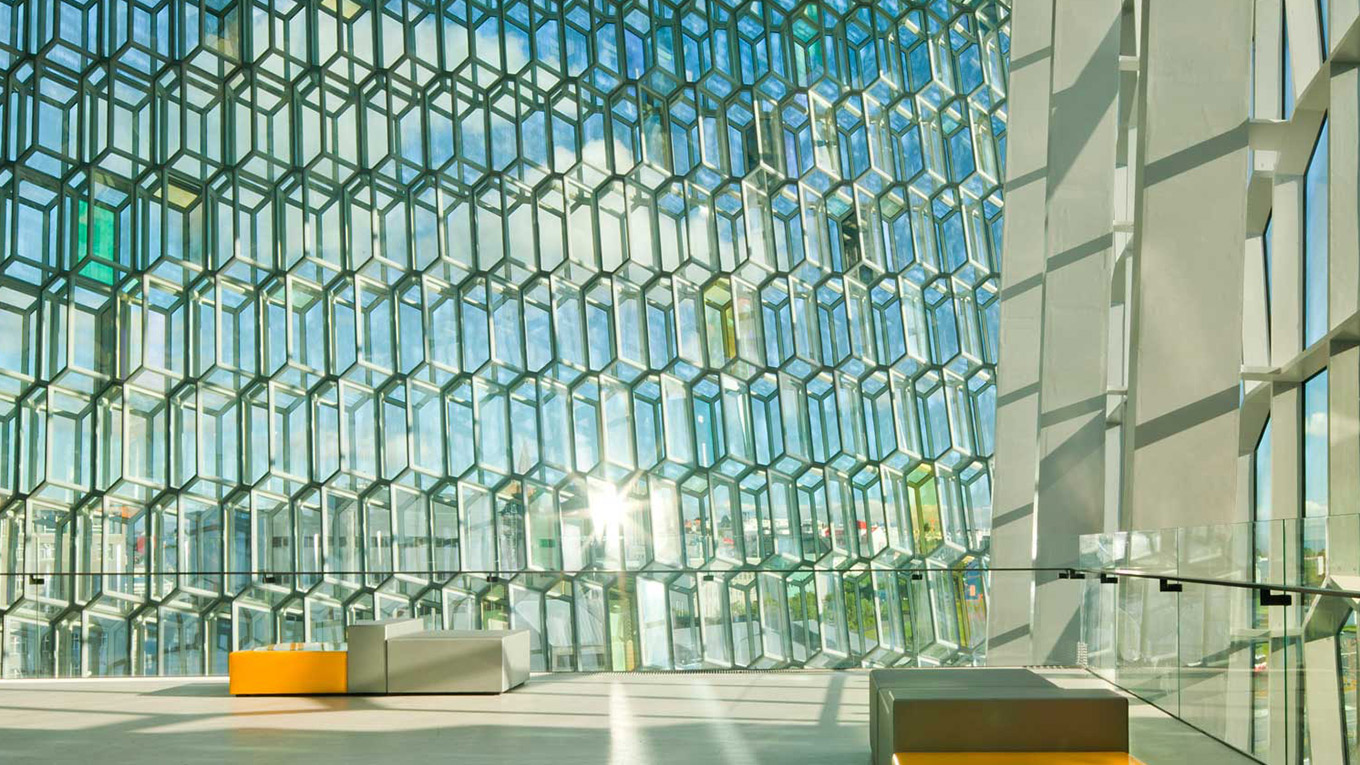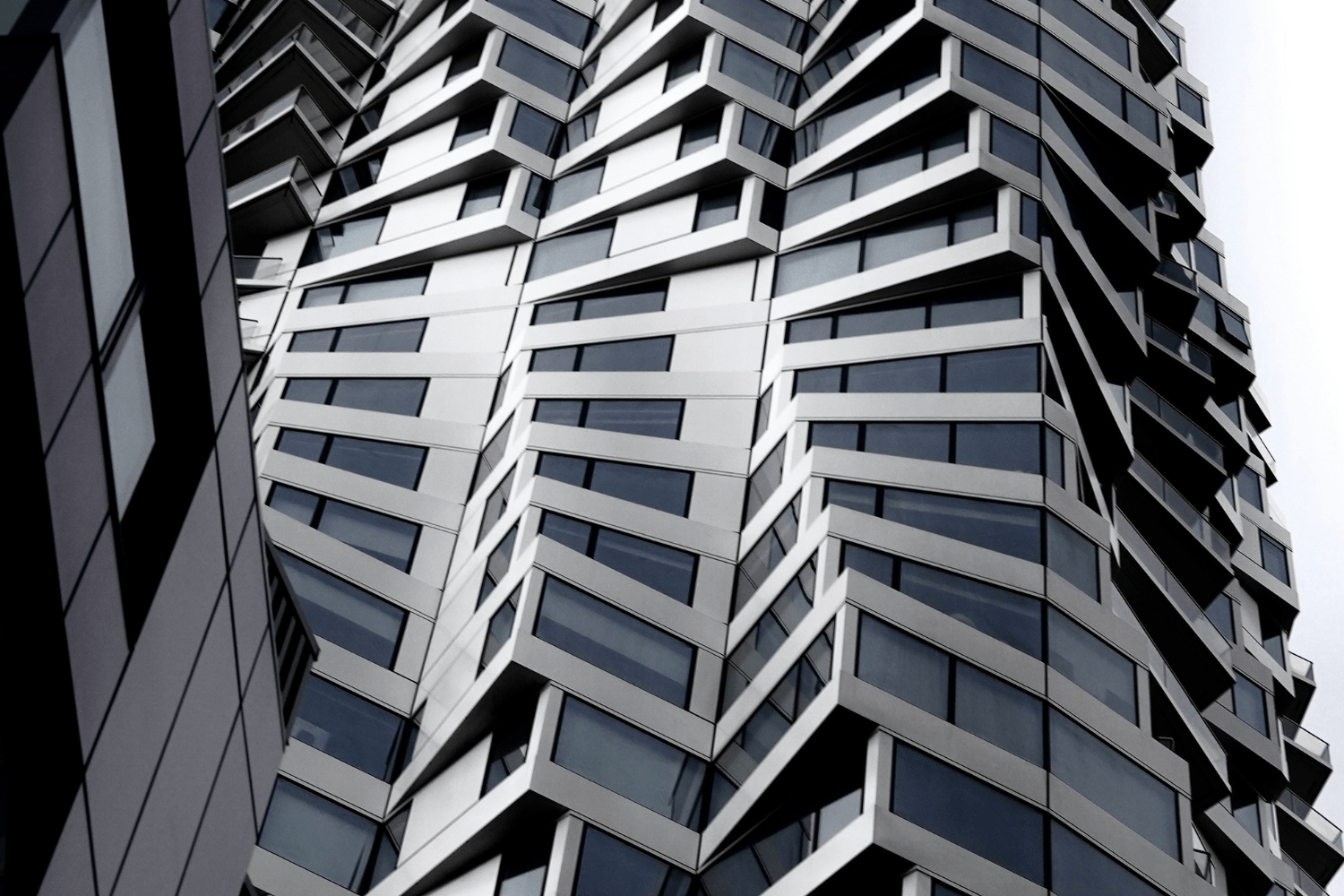- Home
- Articles
- Architectural Portfolio
- Architectral Presentation
- Inspirational Stories
- Architecture News
- Visualization
- BIM Industry
- Facade Design
- Parametric Design
- Career
- Landscape Architecture
- Construction
- Artificial Intelligence
- Sketching
- Design Softwares
- Diagrams
- Writing
- Architectural Tips
- Sustainability
- Courses
- Concept
- Technology
- History & Heritage
- Future of Architecture
- Guides & How-To
- Art & Culture
- Projects
- Interior Design
- Competitions
- Jobs
- Store
- Tools
- More
- Home
- Articles
- Architectural Portfolio
- Architectral Presentation
- Inspirational Stories
- Architecture News
- Visualization
- BIM Industry
- Facade Design
- Parametric Design
- Career
- Landscape Architecture
- Construction
- Artificial Intelligence
- Sketching
- Design Softwares
- Diagrams
- Writing
- Architectural Tips
- Sustainability
- Courses
- Concept
- Technology
- History & Heritage
- Future of Architecture
- Guides & How-To
- Art & Culture
- Projects
- Interior Design
- Competitions
- Jobs
- Store
- Tools
- More
What is a Dynamic Facade?
Dynamic Facade Design is the art of building facades that respond to their environment. These facades can change their form, color and texture in both digital and physical space. Dynamic alternatives are the designing process of movable facades in architecture which can be electronically controlled to regulate interior climate and exterior appearance.

Good architecture needs to have an attractive and well-built facade on its buildings. Architecture has been around for centuries and they have always had this idea in mind as they build their structures. Most traditional architecture buildings are made of brick, stone, or concrete – these materials allow them to create very pleasing facades that make good impressions on people who might not even visit inside.
Facades are used in architecture as “non-verbal messages” that reveal information about the type of building, its use and its inhabitants. Thus, it is essential for architects to incorporate clear and attractive forms in their designs for modern architecture.
Dynamic Facade Design is the art of building facades that respond to their environment. These facades can change their form, color and texture in both digital and physical space. Dynamic alternatives are the designing process of movable facades in architecture which can be electronically controlled to regulate interior climate and exterior appearance. This technology has many benefits for architecture, allowing buildings to adapt to changes in the environment. Dynamic facade offers a way for architects to take control of climate conditions inside a building and provide fully customizable views from the exterior.

The facade moves and changes according to the sun, wind, and other environmental conditions on dynamic facades. This is a design trend which comes from the combination of technologies with architecture in order to bring more naturalness to buildings.
Dynamic facade design is motivated by the idea of creating a more sustainable architecture that still has the vitality of an organic system such as nature.

Dynamic facades are considered as an alternative of facade design in architecture, because they can be sustainable and come with a lower cost than their counterparts. They can also move to create different environments within the building. This is possible thanks to a combination of technologies such as sensors, actuators and control systems that enable the movement of slabs or panels. The main types of moveable facades include: reciprocating doors, shutters, mechanical louvers and retractable slabs or panels. There are four different types of dynamic facades: mechanical, thermal, solar, and electrical.
Table of Contents
ToggleDynamic Facade Types
Mechanical Dynamic Facades
Firstly, Dynamic Facade Design refers to a facade that reacts to the environment and changes its form. It is different from the traditional static facade design because it can change its form and appearance according to different conditions so as to present a new visual appearance.
Secondly, there are various methods of Dynamic Facade Design. One of them is related with the use of mechanical actuators which can be used for folding or unfolding facade panels or panels in turn. Moreover, Dynamic Facades can also be designed in order to react automatically and change their form according to environmental changes such as sun-shading or wind-buffering.

Thermal Dynamic Facades
In recent years, architects and designers have been looking for more efficient ways to deal with climate change. One solution is to create dynamic facades that can move to accommodate changes in sun exposure or temperature. The purpose of the design is to create a dynamic facade which can provide better control of shading and solar heat gain, as well as improved visibility for people on the street.

Thermal Dynamic Facades use the sun’s heat to create a dynamic skin that can reflect solar radiation, regulate temperature and act as a weatherproofing system. Thermal Dynamic Facades are the next generation of moveable facade architecture where you can adjust the longitude and latitude of a large building or open up an entire side in order to collect sunlight for daytime heating. The idea is that we need to find ways to deal with climate change and this could be one solution.
Solar Dynamic Facades
A solar dynamic facade is an architectural technique in which the building’s exterior skin has the capability to move from a closed position to an open or translucent state, or vice versa.
This type of facade uses solar energy to control its temperature and it also enhances natural ventilation by providing a façade that can transform from opaque to transparent. Solar Dynamic Facade Design is growing in popularity for both commercial and residential projects because it promotes environmental responsibility and also saves time and money on heating, cooling, ventilation, and lighting systems.

Electrical Dynamic Facades
An electrical dynamic facade architecture is an architectural technology that employs the use of a moveable facade to adjust building’s internal environment in response to external dynamics.


Submit your architectural projects
Follow these steps for submission your project. Submission FormLatest Posts
How Facades Tell Cultural Stories
How facades tell cultural stories—decode symbols, materials, and climate cues with regional...
Top 10 Examples of Dynamic Facade Designs Around the World
Dynamic facades are transforming contemporary architecture with systems that move, react, and...
8 Trends in Dynamic Facade Design You Need to Know
Dynamic façades are reshaping contemporary architecture by responding to climate, light, and...
Transform Ordinary Facades Into Striking Designs With These Key Upgrades
When it comes to enhancing the appearance of a home, few aspects...












Leave a comment